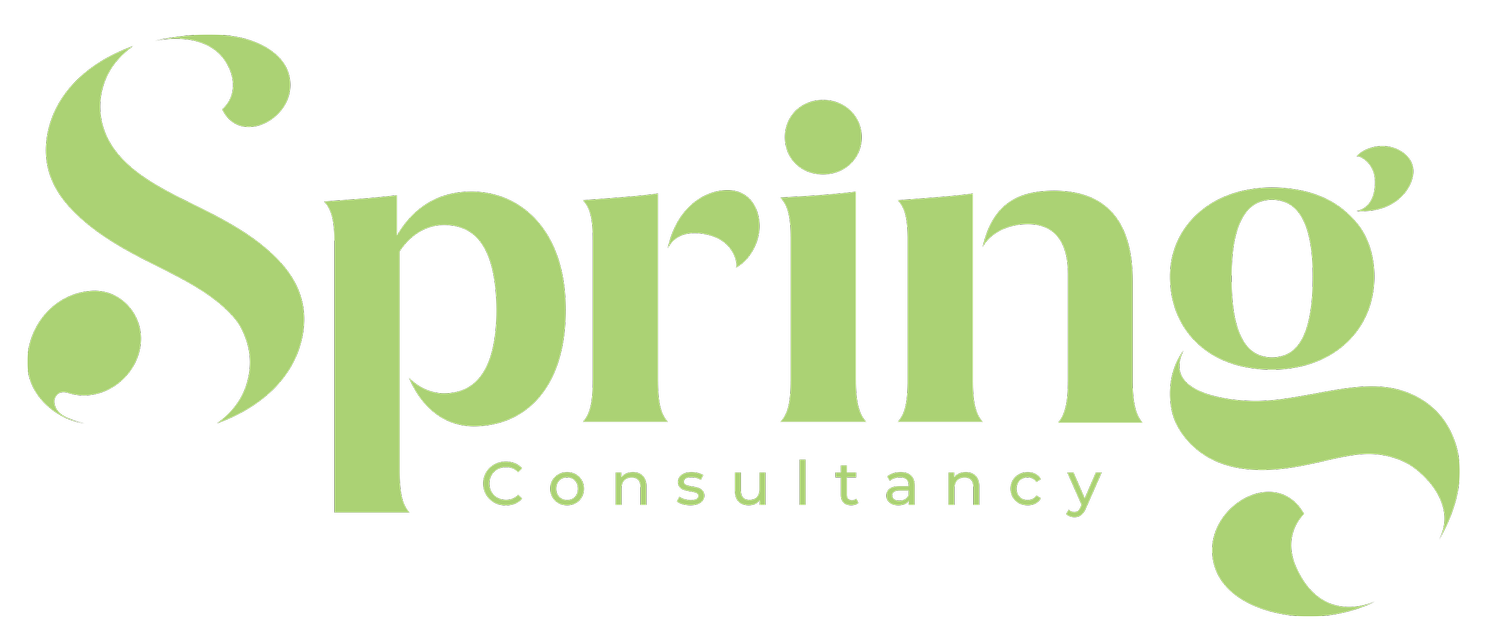Planning for the end of the Tax Year
In the current financial climate, strategic tax planning has become more essential than ever. If you're employed, self-employed, or running your own business, there are actions you can take ahead of the tax year end on 5 April to optimise your allowances and ensure you're making the most informed financial choices.
We recommend considering the following:
Keeping up to date records
Employment income is taxed throughout the year. Raises or bonuses may push you into a higher tax bracket or reduce your personal allowance, leading to additional taxes owed to HMRC. Monitor your tax code to avoid this.
Utilising software such as Xero is recommended for business owners. This allows you to monitor your profits throughout the year accurately. Since taxes are not paid during the year, it is essential to save towards your tax bill. We typically advise setting up a separate savings account to earn interest simultaneously.
Claim allowable expenses
Employees should claim tax relief for job expenses not reimbursed by their employer. If you don’t file a tax return, complete the HMRC form here.
You can also claim tax relief for charitable donations if you’re a higher or additional rate taxpayer.
Business expenses will reduce your profits chargeable to tax so keeping accurate records is going to be crucial. As a general rule of thumb, if it’s wholly and exclusively for the purpose of the trade then you should be able to claim it against your profits chargeable to tax.
Use it or lose it
The following cannot be carried forward to the new tax year if unused:
Capital Gains Tax Exemption
For 2024/25 everyone has an annual exemption of £3,000 after which a gain on the disposal of an asset is taxable.
If you are planning on selling multiple assets, the timing of disposal can help you minimise the tax burden by staggering the sales over more than one tax year.
It’s worth considering transferring the asset to your spouse if they have not yet used their annual exemption.
Gains and losses realised in the same tax year must be offset against each other, which can reduce the amount of gain that is subject to tax. Unused losses from previous years can be carried forward to use against future gains.
Savings Allowance
Interest is paid before tax and with the high interest rates over the last couple of years, many are finding that they are needing to pay tax on interest earned.
The savings allowance is separate to the personal allowance and dependant on your tax band, for 2024/25 these are:
Basic rate - £1,000
Higher rate - £500
Additional rate - £NIL
ISA Allowance
Often overlooked, you can currently invest £20,000 annually in an ISA.
This is a tax wrapper, exempting any interest earned from taxes so it's worth considering if you are taxed on your savings. An ISA can also be used for investments, not just cash deposits.
Additionally, you may allocate £9,000 annually into an ISA for the benefit of your child.
Pension contributions
Currently, individuals can contribute up to £60,000 annually into a pension scheme, inclusive of personal contributions and those made by employers, while receiving tax relief on the total contribution.
Typically, the initial 20% of this relief is directly added to the pension pot. Higher or additional rate taxpayers must claim extra relief for non-salary sacrifice contributions. If you don't submit a tax return, use the online form on the HMRC website or call them. They won't automatically provide this relief, so it often goes unclaimed.
Saving into a pension can be tax-efficient, especially if your income pushes you into a higher bracket or reduces your personal allowance, which decreases by £1 for every £2 over £100,000.
If you earn over £200,000 annually, your contribution allowance decreases. Monitor workplace pensions to avoid a tax charge if contributions exceed the tapered allowance. To mitigate this charge, you can use unused allowances from the previous 3 tax years.
Pension saving should align with your financial situation since the funds are reserved for retirement and are not easily accessible if needed. It’s therefore wise to seek advice from an independent financial advisor on this.
National insurance
This tax on employment or self-employment earnings contributes to benefits like maternity allowance and the state pension.
If you've always been employed, you likely have enough contributing years for the full state pension.
However, some miss out on the full pension due to insufficient contributing years. If your National Insurance record began after April 2016, you need 35 qualifying years for the full new State Pension rate.
Check your National Insurance record if you have gaps due to raising children or unregistered self-employment.
You can top up gaps for up to six years.
We help clients with tax planning and managing their tax payments effectively. If you’re interested in finding out more about these services, please get in touch.
This summary is to serve as a guide and it should not be taken as professional advice.

